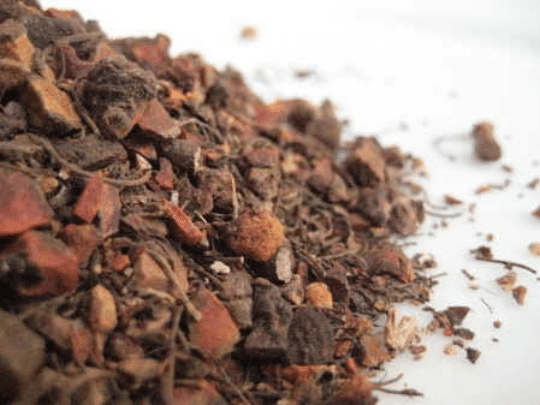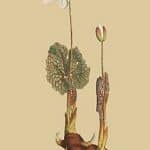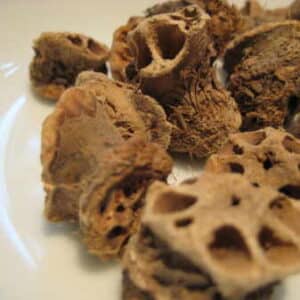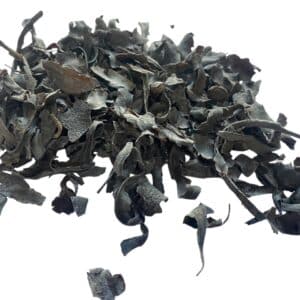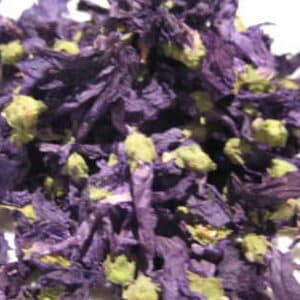Blood Root Cut- Sanguinaria canadensis
£20.00
Blood Root Cut
Botanical Name Sanguinaria canadensis
also known as Bloodwort, Redroot, Red Puccoon and Pauson. It has also been known as Tetterwort.
50 grams
Sanguinaria canadensis, commonly known as Blood Root, is a perennial, flowering plant which is a native of North America. It is the only species in the genus Sanguinaria. It is also and frequently called Bloodwort, Redroot, Red Puccoon and Pauson. It has also been known historically as Tetterwort.
The plants can frequently be found growing in mostly moist to semi dry woodlands and thickets, often on flood plains and near shores or streams on slopes. They grow less frequently in clearings and meadows, open ground or on dunes, and are rarely found in any disturbed sites. Deer will feed on the plants in early spring and summer.
Traditional Uses of Blood Root:-
The plant parts were used historically by First Nationals or Native Americans as an emetic and respiratory aid. Sanguinarine is its major chemical constituent.
There are several commercial uses of sanguinarine and blood root extract which include many dental hygiene products. The United States FDA has approved the inclusion of sanguinarine in toothpastes as an antibacterial or anti-plaque agent. There is quite a bit of controversy over the use of it as a constituent however.
Some animal food additives sold and distributed in Europe contain sanguinarine.
The root is a popular red natural dye much employed by artists from the First National or Native American background, especially among southeastern Rivercane basketmakers. A break in the surface of the plant, especially the roots, reveals a reddish sap which is the source to be used as a dye.
| Country of Origin | USA |
|---|---|
| Manufacturer | Bristol Botanicals |
| Batch Code | JF5569874ZZ |
| Harvest | Autumn 2022 |
| Best Before | Aug 25 |
